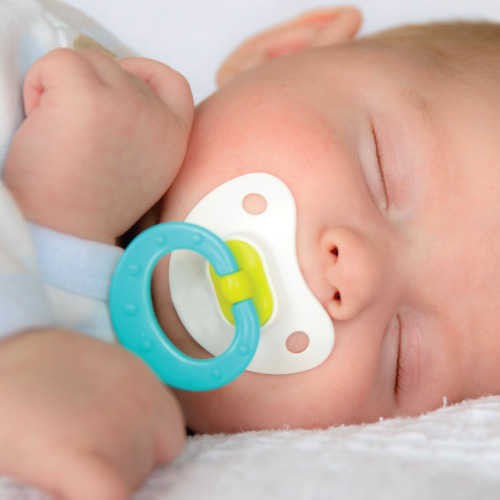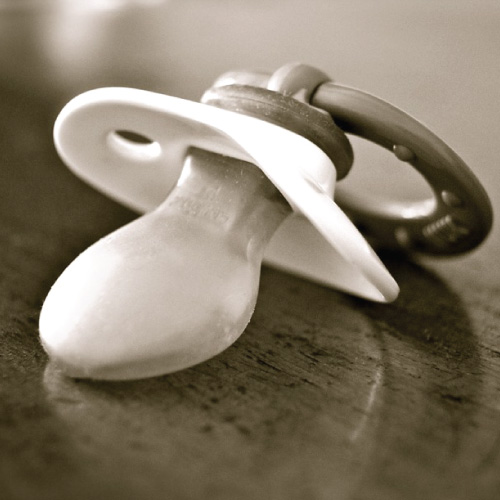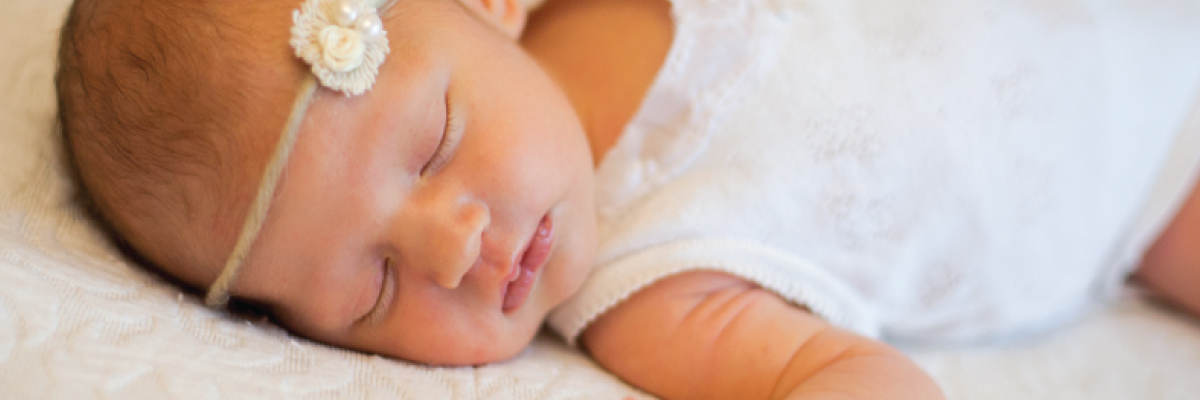What is a good pacifier for your baby?

With such an array of pacifiers available these days, it can be hard to know what is a good pacifier choice for your baby. Unfortunately, the answer isn't as simple as saying it's this brand and this is where you can get it, because pacifiers are not a one-size-fits all apparatus, even though they are a good choice for your baby. There are actually three aspects to be mindful of when choosing a pacifier that will help to sooth your baby, aid digestion and enhance their brain development. These are:
- the way it sits against the outside of your baby's mouth and cheeks
- whether it stimulates the inside roof of your baby's mouth correctly
- whether it is long enough to stimulate strong sucking
Newborns have an innate suck reflex that goes like this...
When they feel something move downward over their top and bottom lip they automatically open their mouth. Once this reflex has happened, in order to close the mouth they need to feel something on the roof of their mouth. Once they have felt that they then need to have that something far enough in the mouth to suck efficiently, and having this something sit around the outside of their mouth and cheeks stimulates a baby's innate rooting reflex, just as the breast does.
This means, to work alongside your baby's innate reflexes, your baby’s pacifier should have an outer plastic piece which curves around the mouth, touching the sides of the mouth and a little of the cheek to stimulate the opening of the mouth, like the picture to the right. This curved outer will also reduce the too-ing and fro-ing of the head that can happen when a baby isn't feeling the pacifier on the cheeks. As you can see, the pacifier also has a slanted teat on the bottom of it, with a fatter bobble on the top. This is a perfect shaped teat for the majority of babies, because when you stimulate the pacifier correctly, which you can read about here, the roof feels the teat more than the tongue, which aids the closing of the mouth. The pacifier teats that have a bobbled piece on each side tend to have a baby taking longer to close the mouth to suck because they confuse their reflexes.

If your baby has a high palate, then you may find that the pacifier above doesn't work well for your baby. You can ascertain if they have a high palate by stimulating your little finger turned upside down into your baby's mouth. Wiggle your finger on the roof of the mouth to have them suck well, then note how bent your little finger is in order to touch the roof of the mouth. If it's bent a lot, then it's highly likely your baby has a high palate and they may need a pacifier that has a bigger teat. You may also find nipple shields will help if they are not latching when breastfeeding, and if bottle feeding you may have to experience with teats.
To gauge whether the pacifier pictured has a long enough teat to satisfy your baby's suck reflex, stimulate your little finger turned upside down into your babies mouth and see how far your finger has to go before your baby sucks strongly. I have found, on the odd occasion, that it almost feels like I'm going to gag some babies before they begin to suck well. If this is the case for your baby then finding a pacifier with a longer teat could work better.
Pacifiers with flat a plastic outer and with teats that are bobbled on both sides, do not encourage the rooting or suck reflex correctly. Instead, these kind of pacifiers confuse the baby’s natural reflexes either leaving them to reject the pacifier, finally take it after a while of having it in their mouth, or adjust their rooting and suck reflex to suit.
As for the actual material used to make the teat part of the pacifier, there are two - latex and silicon. Latex tends to have chemicals added to it to increase its strength and stretch and there have been some cases of severe allergic reaction to latex because of the protein that's in it.
All pacifiers go through a test of boiling and cooling, latex does not fair well with this. Silicone on the other hand does very well and they are comparatively dormant with chemicals. The waste of silicone from production is also said to be very little.





